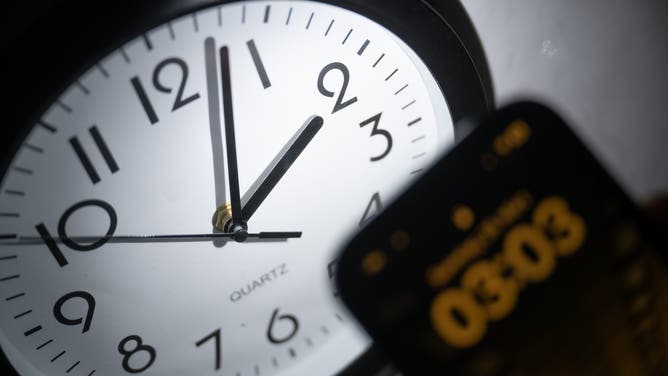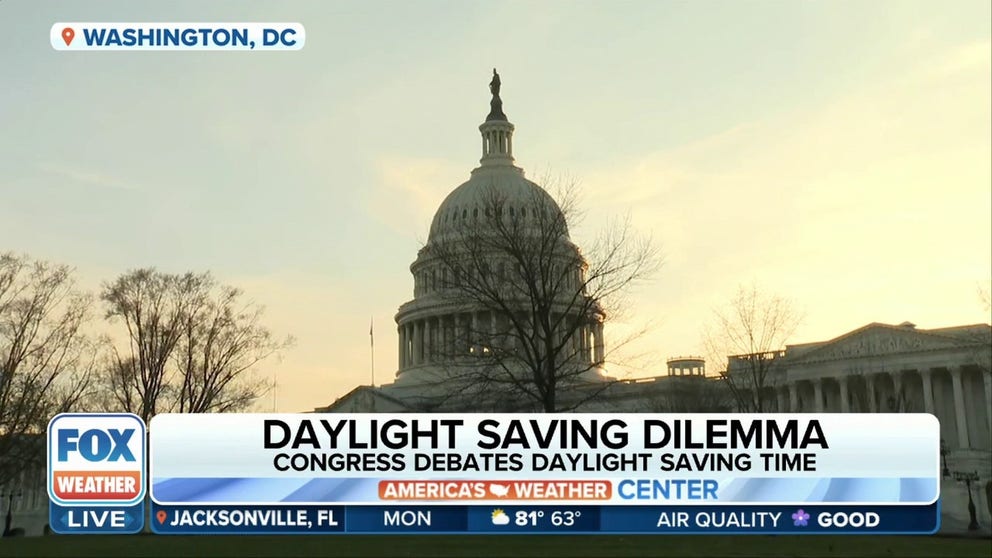End of daylight saving time approaches as Sunshine Protection Act remains in limbo in Congress
The Sunshine Protection Act has yet to be proposed again in Congress in 2024.
Is Daylight Saving Time here to stay?
2023 FILE VIDEO: Fox News senior congressional correspondent Chad Pergram joined FOX Weather with the latest on the debate in Congress.
WASHINGTON – As the end of daylight saving time approaches on Sunday, with the clocks rolling back one hour, a lot of people may be wondering where the Sunshine Protection Act stands.
Daylight saving time begins in March when the clocks roll forward one hour in 48 states. In November, daylight saving time ends, and the clocks roll back by one hour, putting the country in standard time.
First pitched in 2021 by Florida Sen. Marco Rubio, the Sunshine Protection Act would eliminate the time change that happens twice a year in March and November, to make daylight saving time the new standard time for any states that participate in the time change.
The proposition to permanently leave the clocks in daylight saving time has been pitched to Congress a few times in the last three years, but none of the bills have ever made it off the Congress floor and onto the president's desk.
WHAT IS THE HISTORY OF DAYLIGHT SAVING TIME?

FILE – A smartphone displays the time "03:03" while on an analog clock it is still 02:03.
(Sebastian Gollnow / picture alliance / Getty Images)
Sen. Rubio's Sunshine Protection Act of 2021 passed in the Senate and moved to the House of Representatives in March 2021, where the bill got held up and remains today.
In 2023, the Sunshine Protection Act was proposed again under two different bills – one in the Senate and the other in the House. Sen. Rubio pitched the bill for a second time in the Senate, and it was read and referred to the Committee on Commerce, Science and Transportation.
Meanwhile, it was also pitched in the House of Representatives in March 2023 by Rep. Vern Buchanan of Florida, where it was sent to the House Subcommittee of Innovation, Data and Commerce. But it, too, remains halted.
Arizona and Hawaii are the only two U.S. states that don't observe daylight saving time.
The Sunshine Protection Act has yet to be proposed again in Congress in 2024, so states observing the time change will still fall back one hour on Sunday, Nov. 3.
